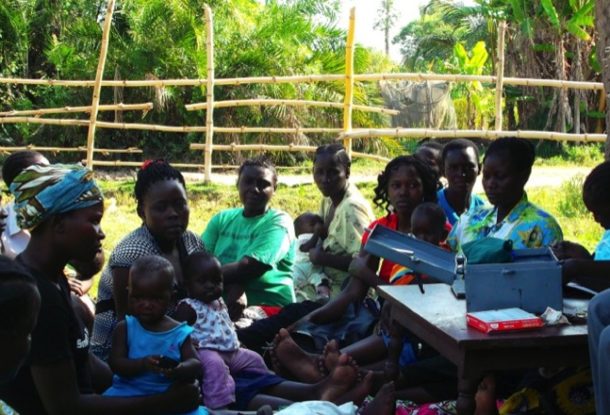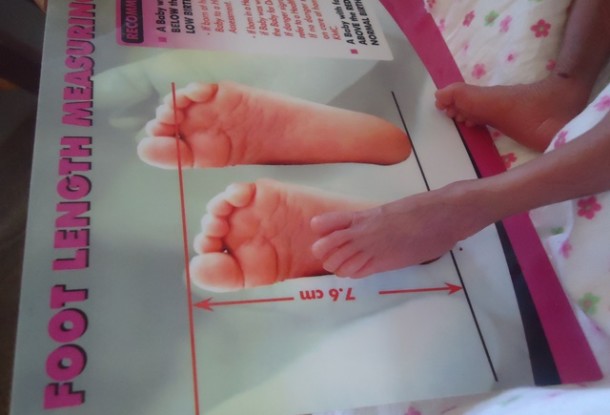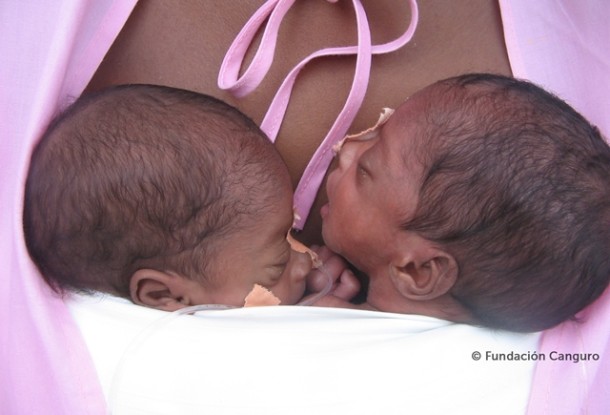118 women will have access to iron fortification during pregnancy (half to traditional iron pills, and half to the intervention biscuits).
We aim to prove our solution to be as efficacious as an iron pill, while reaching more anemic women and their children.
-- Dr. Pratibha Dwarkanath, St. John’s Research Institute, CBCI Society for Medical Education, co – Co-PI of project








